At the heart of rescuing and animal hoarding is compassion. Both truly want the best for their animal companions. The two differ when the rescuer needs rescuing and their previously rescued animals need to be rescued again – this is the point where the rescuer then becomes an animal hoarder.
It is a sensitive and complicated topic, but it deserves an honest and educational conversation.
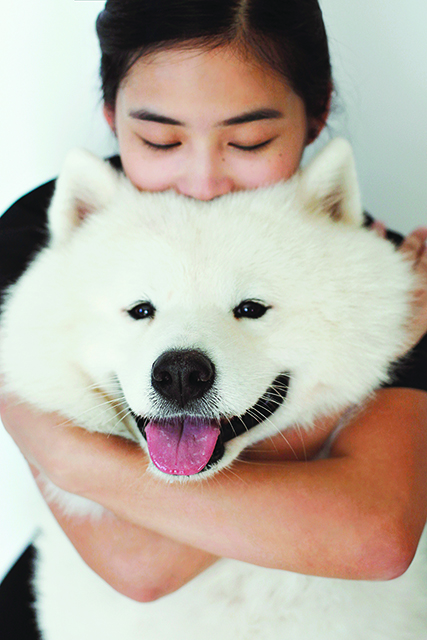
THE RESCUER
The responsibility of the rescuer is to improve the situation of an animal in dire need of immediate help. This may be done by contacting a group of fellow individuals who can work together, from securing the animal need or shouldering the veterinary bills to looking for a loving home for the rescued animal. In most cases, they may be fostered by rescuers for a while.
More often, it is just one rescuer who does everything. That is okay, as long as the rescuer is still perfectly able to provide.
There are also organizations or animal welfare groups that do this only if they are not at maximum capacity, or if the rescued animal has a future home already waiting for them. These organizations rely on donations, and there may be tough times when their resources also run dry.
After all, animal welfare organizations are not a dumping ground for unwanted companion animals, nor are they a rescue-all-you-can initiative. Rescuers both big and small operate within their limits, or the rescued animals already in their care will also suffer.
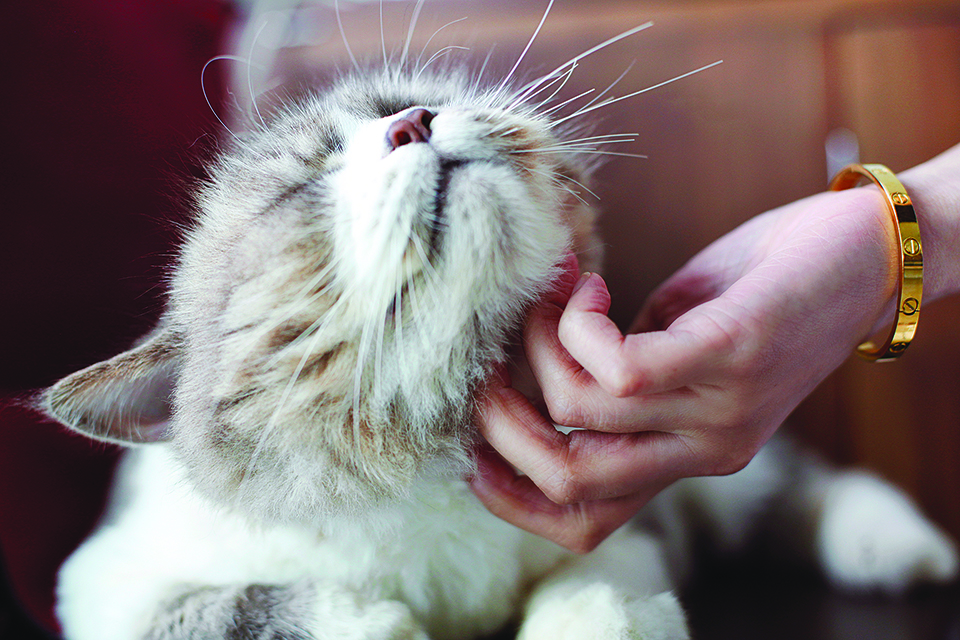
THE HOARDER
More often than not, being a hoarder is unintentional. They are overwhelmed caregivers.
Animal hoarding is the compulsive accumulation of animals despite being unable to provide minimum standards of care. Animal welfare standards include nutrition, sanitation, shelter, veterinary care, and socialization.
Being unable to provide these causes suffering for both the animals and the humans caring for them. The human suffers from guilt, eventually being compelled to never turning away stray animals. Their sense of self is rooted in the role of a caregiver, and they fail to recognize that they themselves need care before caring for others.
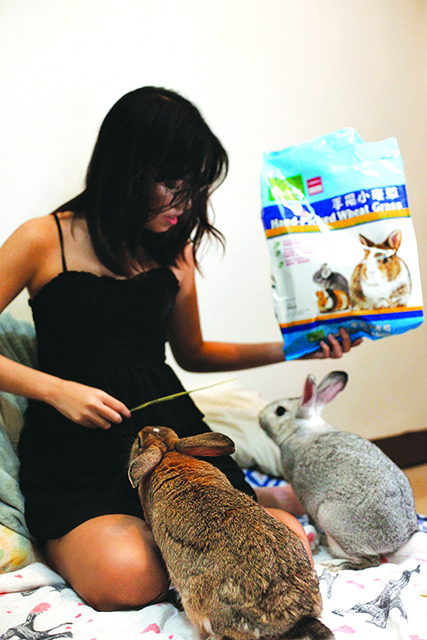
WHAT DOES ANIMAL HOARDING LOOK LIKE?
The animals under an animal hoarder’s care are either overfed and obese or terribly malnourished and emaciated. There are extreme cases in which animals are found already deceased.
Their live in places that are crowded and filthy, often described as squalor where rubbish and waste accumulate over time. Ammonia levels in their living space can be high, resulting in respiratory diseases for humans and their rescues.
The rescued animals may be forced to toilet everywhere, thus attracting insects and even more disease and parasitic problems. Their rescues have untreated health conditions: Some have injuries from fighting due to overcrowding and also matted fur. The quality of life of these supposedly rescued animals greatly suffer.
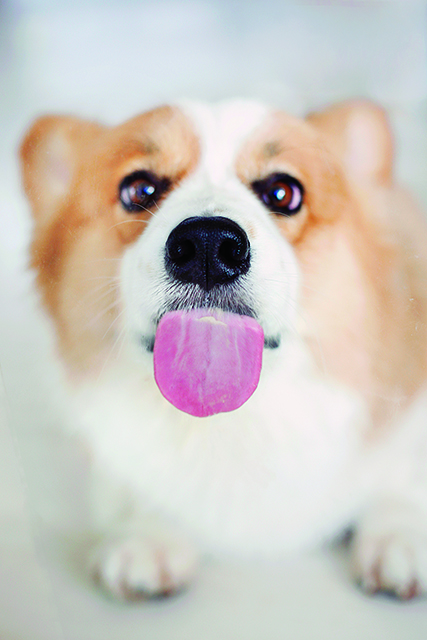
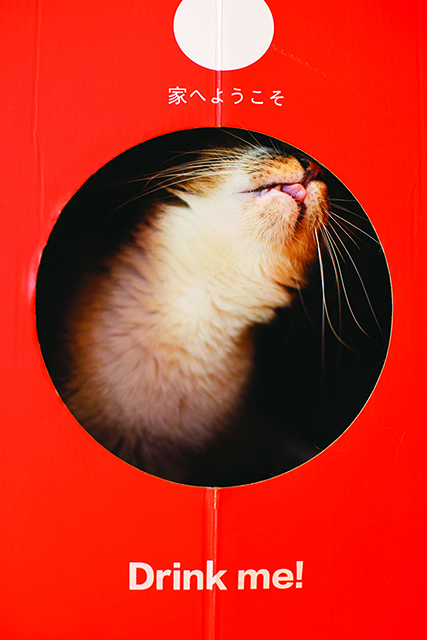

Beyond the physical manifestations, an animal hoarder may also have signs of mental distress. Animal hoarding may be classified under hoarding disorder as a subtype to obsessive-compulsive disorder (OCD) listed in the Diagnostic and Statistical Manual of Mental Disorders (DSM-5). Motivations may differ from person to person: Some could be a result of coping from a traumatic event in their lives, while for others, it could be a strong sense of mission that they must save lives.
As a rescuer, an animal hoarder is initially able to support themselves and their rescues, but as they exceed their capacities, they eventually lose sight of proper animal care and at the same time exhibit self-neglect. They believe that only they can provide adequate care for these animals. They confuse their love for animals with the reality that they themselves are a limited resource who also need the same care and love.
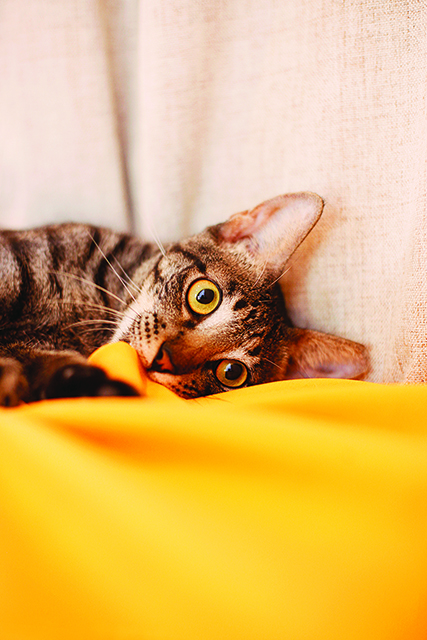
A FINE LINE
There is very a thin line that can be crossed by an animal rescuer for them to become an animal hoarder. While we honor their good intentions and praise them for their hard work for taking poor animals in, most of the time, they are emotionally overwhelmed as well.Going back to compassion, we cannot dismiss animal hoarders as malicious people. Empathy and education about responsible stewardship, support, and honesty from fellow members of the animal community can help hoarders. Under some guidance, they may be helped by ensuring that the animals under their care are spayed or neutered and vaccinated. They can be encouraged to seek treatment and to understand their limit. The community can also help with TNVR (trap-neuter-vaccinate-return) initiatives in their areas to help both the animals and the humans in the community.
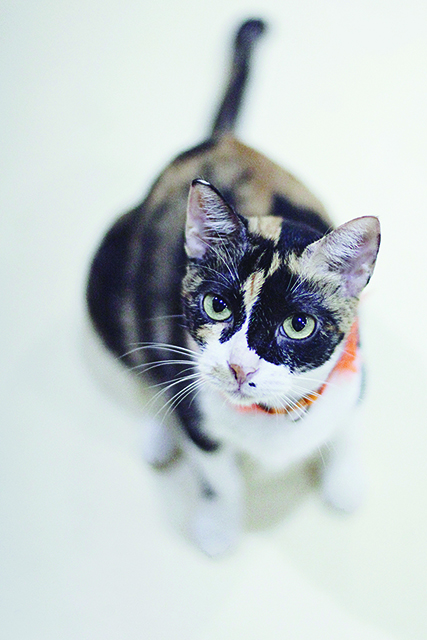
“Boundaries area part of self-care. They are healthy, normal, and necessary.” — Doreen Virtue
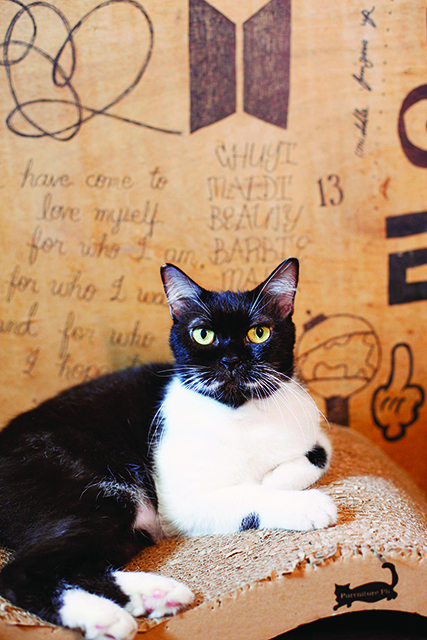
A SAFE PAIROF HANDS
As a human in a multi-cat household, I know that I, too, have to observe restrictions when it comes to adopting more animals. Sometimes, people might think that if someone already has many companion animals, then it would be okay if they acquired more. As we are not out of the woods with the Covid-19 pandemic just yet, I am also more aware that tough times can happen in a snap and uncertainty may extend longer than we can ever measure.
I accept the truth that I cannot rescue every animal I will come across. The 16 cats I have is my limit. The spaces we are very fortunate to inhabit and the mental space I try my best to nurture are already more than a handful to keep in tiptop shape. Life happens, and I would like to take myself and my companion animals through the tides in a healthy and safe way.
We rescue only when we are truly able. We rescue when there is extra time, money, energy, and mental capacity to care. Otherwise, to rescue when we are running on empty will be counterproductive and can only cause more harm.
What lies in this boundary is acceptance. An honest rescuer will know when they reach their limit, and no matter how heartbreaking it may be, they will say no to more.
More is not always better. After all, we are granted with two hands only.






